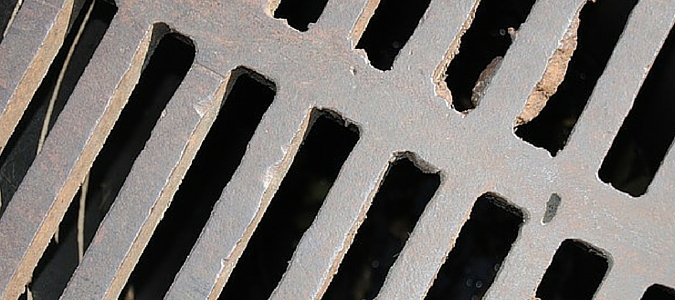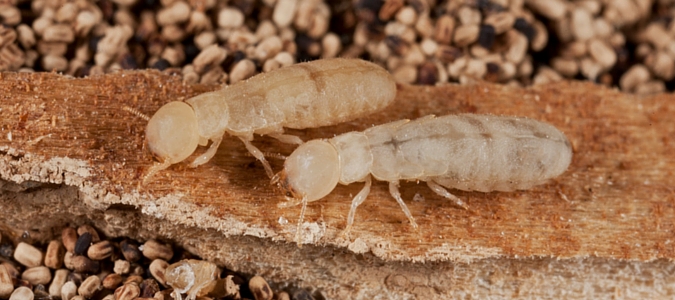The Sticker Shock of High Water Bills
Finding the leaks and plumbing problems that are sabotaging your budget
Are hidden water leaks making your water bills skyrocket? Try these tips for finding the source.
Trust the Meter
Your water meter is the best tool you have for leak detection. When you suspect you have a leak, turn off everything in your home that uses water and go take a look at the meter. There should be a small red triangle on the face of it, which is known as the low flow indicator. If it’s moving, you have a leak.
Tricky Toilets
“Phantom flushing” in toilets can waste as much as 4,000 gallons of water per day. To test for a toilet leak, drip food coloring into the tank and wait about five minutes. If the water in the bowl becomes colored, you’re likely dealing with a leaking rubber flapper valve. Constantly hearing water trickle inside the tank could be a sign … Read Full Post »


